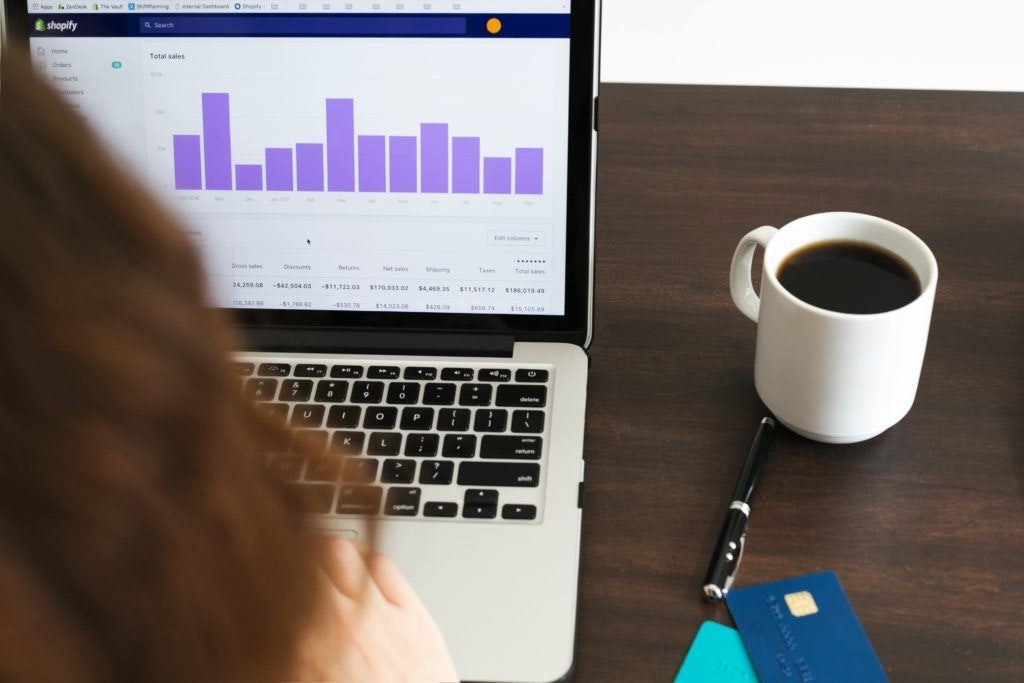For online businesses, shipping is huge. That’s because it doesn’t matter how good your products are, or how strong your marketing is, if your products don’t actually make it to your customers.
Let’s be clear – it’s not just the products arriving that’s important. It’s the products being shipped out on-time, arriving on-time, and arriving with all of the products that customers ordered.
That’s a big enough task for your average business.
But, for dropshippers, who rely on their suppliers to handle everything shipping related, it can be difficult to rest easy knowing that their products will arrive safely. Plus, dropshippers need to factor in their delivery times, which generally tend to be a bit longer than those of established businesses, and provide a reasonable delivery time for their customers.
Essentially, the relationships between suppliers and dropshippers are super important. And it’s often difficult to establish trust with suppliers, especially on AliExpress, if you can’t meet with them face to face, or communicate with them clearly.
But, you can rely on data to inform your decisions. So, we’ve worked to put together this handy report that you can use to identify the right suppliers for your business.
NOTE: You can click “Google Data Studios” in the bottom-right corner of the report to navigate to a bigger, more user-friendly version of the same report.

Don’t wait for someone else to do it. Hire yourself and start calling the shots.
Get Started FreeAliExpress Supplier Data Report
Looks neat, right? But what can you really use this report for?
Looking at Delivery Times for Specific Countries
For starters, you can use it to check the typical delivery times for each country that you’re selling to (or want to sell to).
You can play around with the ‘Destination Country’ tab and select specific countries that you’re selling to, and then compare and contrast.
This data really is key. You might find that certain countries, like Australia or New Zealand, have much faster shipping than the United States. Or, you could find that Germany and France have slower delivery times than the United Kingdom.
You can use this data to validate your existing ideas about what you want to sell or you can use it to explore opportunities to expand your business to new audiences.
Oh, and this is all fluid data, too. There are plenty of factors that can influence shipping times, especially the COVID-19 situation, but this will give you a good idea of the general delivery time trends for countries that you want to sell to.
Keep in mind, as well, that all of this data is from orders from dropshippers using Oberlo.
Looking at Specific Supplier Performance
Average delivery times for specific countries is fantastic data, but it’s too broad to identify reliable suppliers alone.
That’s fine though, you can use this report to check the performance of existing AliExpress suppliers that you’re using and find new suppliers who can provide a steady stream of products for your shoppers.
To access this data, check the bottom half of the dashboard, and you’ll see a drop-down menu underneath ‘AliExpress suppliers fulfilling orders’ where you can select specific subcategories of products.
Find the niche that you’re selling in, or one that you’re interested in trying out, and you’ll be able to see the number of suppliers who offer these products.
You’ll also see the delivery rates of suppliers within that niche too, which is invaluable data. You can check the number of orders that specific suppliers have received in the last 7 days, and you’ll also see the percentage of orders that suppliers have successfully shipped within the last 7 days.
If you’re already using AliExpress suppliers for your dropshipping business, you can click on the ‘Search supplier by name’ tab, enter their name, and check out their overall performance.
Making the Most of this Data

This is a lot of power at your fingertips, if you make the most of it.
Just as you would when you’re looking for the best products to sell, do some research into the suppliers that you’re working with.
It’ll help you to set realistic expectations for both you and your audience when it comes to delivery times.
Oh, and remember, you can use this report to check historical data too.
Currently the data goes back to the start of 2021, but this report will gather more data and become even more valuable as time goes by, so don’t be shy – bookmark it, write down a note, and remember to check back again when you’re next looking for products.
The data here will be updated every Monday, so make sure you take full advantage of it.
Got any questions about the data from this post? Drop us a line in the comments below, we read them all!




